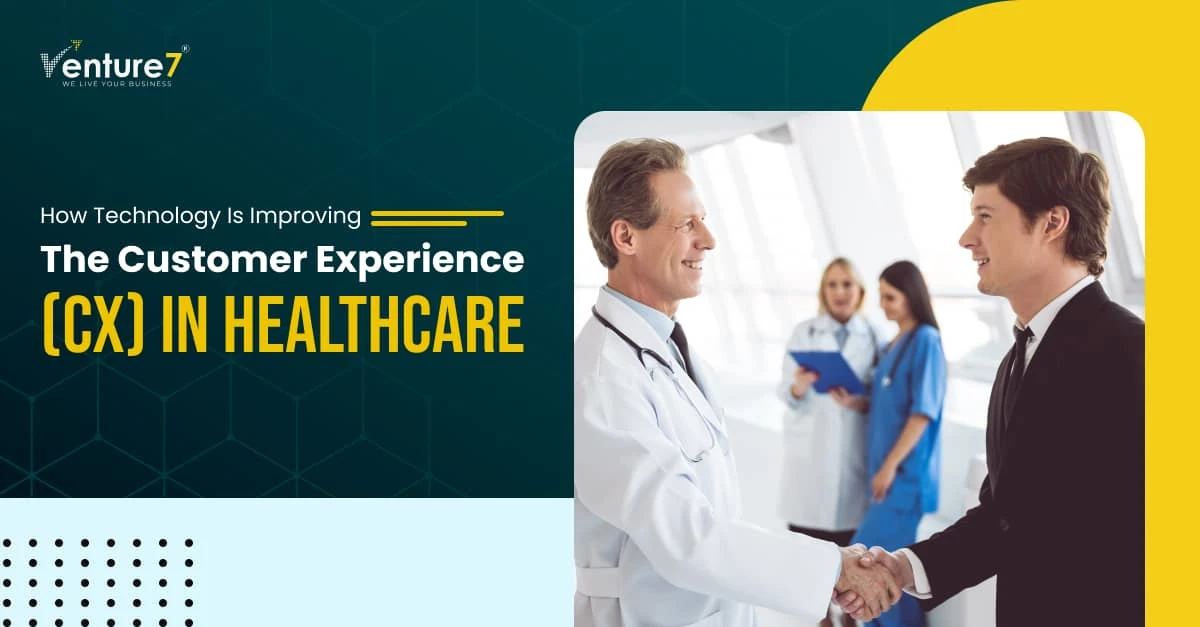The health care industry has been relatively slow to adopt new technologies compared to other sectors. Due to strict regulations and the sensitive nature of medical information, the industry has proceeded cautiously. Nevertheless, the field has made significant strides that have redefined how physicians practice medicine and patients receive treatment. The following are key technologies implemented in the healthcare sector that have led to a better customer experience.
Improved record keeping with EHR
In terms of improving customer experience through technology, Electronic health records (EHRs) have advanced significantly since the Health Information Technology for Economic and Clinical Health (HITECH) Act was passed in 2009. Legibility is a significant advantage. In one source, more than 60% of hospital drug errors were linked to illegible handwriting, making it a major cause of prescription errors. Additionally, using an EHR to manage drugs improves patient outcomes over time. In actuality, EHRs cut back on adverse medication occurrences by 52%. Some are made to work with bar code scanning technology; if a nurse scans the incorrect drug, a warning message appears to let them know there is a problem.
Timely notification of critical lab values to the healthcare provider is required. Each significant value is flagged by the EHR for clinical personnel, simplifying nurse notifications. The EHR also assists clinicians in deciding how frequently to repeat lab tests. Reducing the frequency of duplicate tests and increasing overall efficiency are two other ways an EHR enhances therapy and clinical results. If doctors need to view the actual X-ray or the radiologist’s report, they can do so from within the program by accessing the radiological results stored in the EHR. Any reports are available to view at any time and are accessible to all professionals working on the patient’s care.
Improved consultation with Telemedicine
Using technology to deliver medical care remotely is known as “telemedicine.” Other telemedicine applications include remote patient monitoring and medical education for healthcare professionals. Remote medical staff can examine and compile a patient’s medical information. Doctors can suggest a course of treatment based on the results. This lessens the necessity for doctors to treat patients face-to-face.
Customer experiences have significantly improved because they no longer have to travel as far to see their doctors as they don’t have to spend as much money on pointless procedures. The doctor is accessible with only a click and at your leisure. Telemedicine has gradually decreased hospital wait times, consultation times, needless treatments, and hospital readmissions by linking patients with the appropriate healthcare professionals and assisting them in understanding their problems and treatments even when they are not seeing a doctor.
Improved interactions with Chatbots
Several hospitals and clinics utilize medical chatbots to triage and clerk patients before patients enter the consultation room. Based on the bot’s inquiries, an automatic reaction to the patient’s symptoms compiles pertinent data for the doctor. The doctor then triages the case and determines which patients need immediate attention and which patients just need quick consultations by receiving these patient histories via messaging interface. A chatbot interacts with users and offers assistance. Different chatbots offer various solutions, as well as various levels and styles of dialogue. Patient interaction outside medical institutions and mental health can be especially helpful in diagnostics. This feature of technology has significantly improved customers’ overall experiences.
Improved diagnosis and reporting
Data collected by numerous technologically advanced equipment is converted into useful clinical insights, which enhances overall records, reporting, and analysis. This unprocessed data is fed into an algorithm to generate medical insights. This data is useful for either clinical or genetic research. This significantly lowers human mistakes. Digital health records contain extensive information about the patient’s medical history. Analytics can monitor the incorrect medication and immediately alert the patient by looking at how well earlier prescriptions worked.
Millions of X-rays, MRIs, CT scans, and ECGs are also carried out daily. The healthcare industry has recently used these data to examine trends across millions of images. As a result, the illness might be researched more completely, and the field of medical science might learn something new. The result is improved reporting and diagnosis, thus a better customer experience.
Machine assisted surgery
In terms of customer experience, tech-backed machine-assisted surgery is a major improvement. Imaging scans and computer technologies are utilized to create a three-dimensional (3-D) organ model during surgery, referred to as image-guided surgery. The 3-D model used in neurosurgery is of the brain. Neurosurgeons use the model as a map to locate and accurately treat a tumor, vascular malformation, or another lesion in the brain. To fully access the brain and other tissues and pinpoint the lesion before computer-assisted surgery, neurosurgeons had to make a wide incision in the scalp and an equal-sized aperture in the skull. In cases of brain tumors, computer-assisted surgery has made some tumors previously untreatable due to their location operable, enabling more patients to receive a good surgical outcome.
Robotic surgery, often known as robot-assisted surgery, is additional machine-assisted surgery. It enables surgeons to carry out a variety of difficult procedures with greater control, precision, and flexibility than is feasible with traditional methods. Robotic surgery is frequently related to minimally invasive surgery, which involves operations done through small incisions. It may also be employed occasionally during various types of open surgery. A camera arm and mechanical arms with surgical instruments attached are part of the most popular clinical robotic surgical system. While sitting at a computer console next to the operating table, the surgeon managed the arms. A high-definition, enlarged, 3D view of the surgical site is provided to the surgeon through the console. Other team members who assist with the procedure are under the surgeon’s direction.





